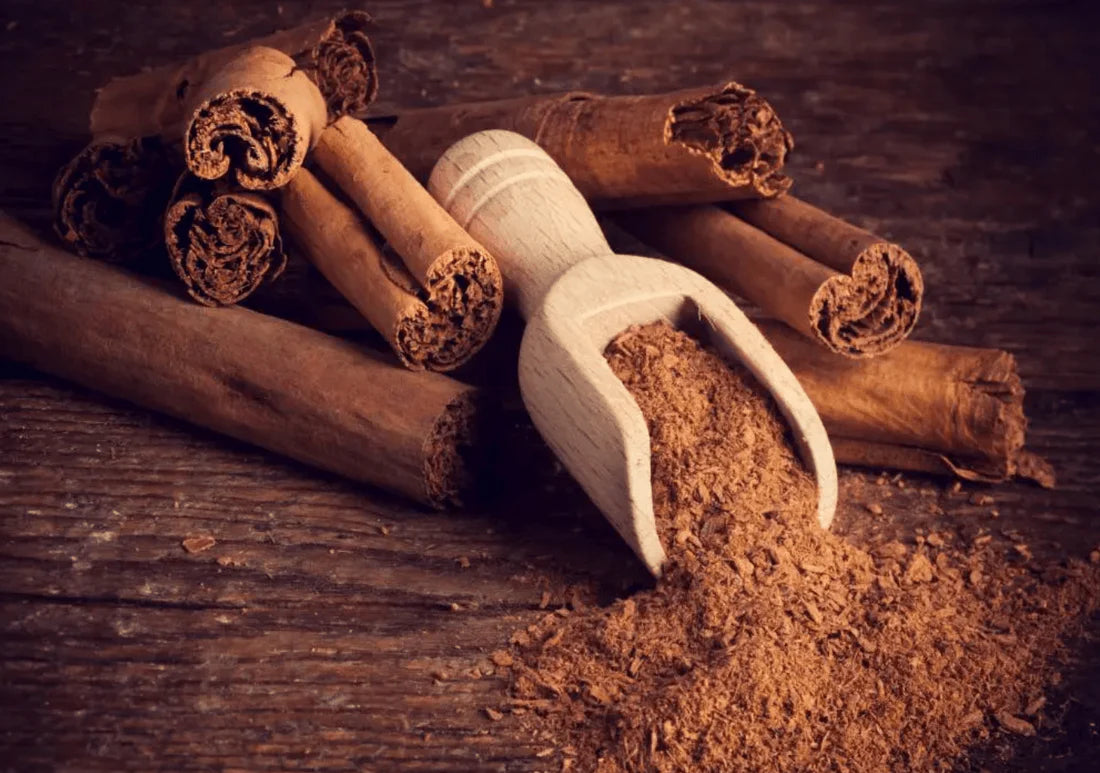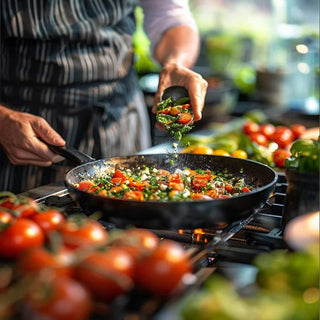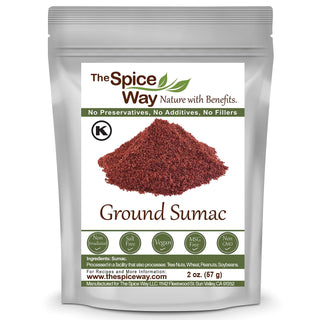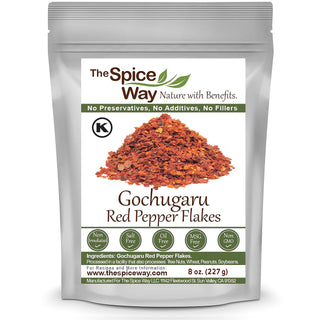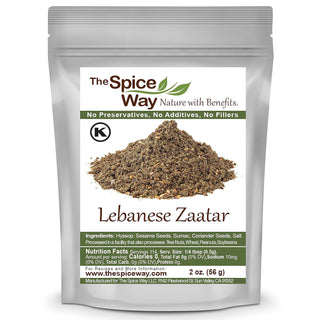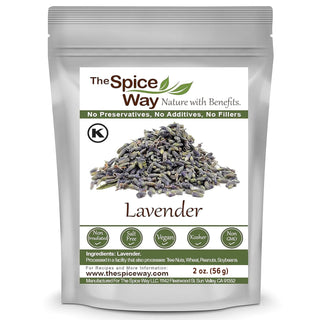If you’ve ever sprinkled cinnamon on oatmeal or added it to a slow-simmering curry, you know how a pinch can change the whole dish. But not all cinnamon is the same — and Ceylon cinnamon stands apart for its delicate flavor, fine texture, and aromatic warmth.
In this guide, you’ll learn exactly what to look for when buying Ceylon cinnamon, how to store it for maximum freshness, and how to use it in both sweet and savory cooking.
What Is Ceylon Cinnamon?
Ceylon cinnamon (Cinnamomum verum) comes from the inner bark of the cinnamon tree grown primarily in Sri Lanka. It’s often called “true cinnamon” to distinguish it from Cassia cinnamon, which is bolder and spicier.
Attributes of Ceylon cinnamon:
-
Color: Light tan to warm golden brown
-
Texture: Thin, papery layers rolled like a cigar
-
Flavor: Softly sweet, with light citrus and floral notes
-
Aroma: Gentle and warm, without the sharp heat of Cassia
How Is Ceylon Cinnamon Different from Cassia?
While both are labeled “cinnamon” in stores, their characteristics vary greatly:
|
Feature |
Ceylon Cinnamon (True) |
Cassia Cinnamon |
|
Color |
Light brown |
Dark reddish-brown |
|
Texture |
Fragile, many thin layers |
Thick, hard bark |
|
Flavor |
Sweet, delicate, citrusy |
Strong, spicy, bold |
|
Common Use |
Desserts, light sauces, teas |
Stews, braises, spice rubs |
|
Origin |
Sri Lanka |
China, Indonesia, Vietnam |
PAA Answer:
Ceylon cinnamon has a mild, sweet flavor and delicate texture, while Cassia is bolder, spicier, and more robust.
How to Identify High-Quality Ceylon Cinnamon
When buying Ceylon cinnamon, look for these markers of quality:
-
Source Labeling: Ensure it says “Ceylon” or “True Cinnamon,” ideally with origin specified as Sri Lanka.
-
Appearance: Sticks should be light brown with fine layers curled inside, resembling a cigar roll.
-
Aroma: Should smell sweet and mild, not sharp or overly spicy.
-
Texture: Sticks should be soft enough to break by hand.
-
Purity: Choose products without added fillers or flavoring oils.
Choosing Between Sticks and Ground Ceylon Cinnamon
Cinnamon sticks retain flavor longer and can be freshly ground as needed. They’re best for slow-infused dishes.
Ground cinnamon is convenient for baking and quick recipes, but should be bought in small quantities to ensure freshness.
Tip: If you bake often, keep both forms on hand — sticks for infusions and ground for batters and spice blends.
How to Store Ceylon Cinnamon for Maximum Freshness
To keep cinnamon flavorful and aromatic:
-
Store in an airtight container away from heat, light, and moisture.
-
Keep in a cool pantry, not near the stove or oven.
-
Whole sticks can last up to 2 years; ground cinnamon is best within 6–12 months.
-
For best flavor, grind sticks just before use.
PAA Answer:
Store Ceylon cinnamon in an airtight container in a cool, dark place. Whole sticks last up to two years; ground cinnamon is best within a year.
How to Use Ceylon Cinnamon in Sweet Dishes
Ceylon cinnamon’s gentle sweetness makes it perfect for baking and desserts:
-
Baked goods: Cakes, muffins, cookies, cinnamon rolls.
-
Fruit-based desserts: Apple pie, poached pears, roasted stone fruits.
-
Breakfast dishes: Oatmeal, French toast, pancakes.
-
Sweet sauces: Rice pudding topping, spiced caramel.
Tip: Use Ceylon cinnamon in recipes where you want warmth without overpowering other flavors.
How to Use Ceylon Cinnamon in Savory Dishes
While many think of cinnamon as a dessert spice, in global cuisines it shines in savory dishes too:
-
Middle Eastern stews: Lamb tagines with dried fruits.
-
Indian curries: Masala blends for chicken, lentils, or vegetables.
-
Mexican moles: Adds depth to complex chili-chocolate sauces.
-
Mediterranean braises: Beef or chicken cooked with wine and cinnamon sticks.
Infusing Beverages with Ceylon Cinnamon
Cinnamon adds both aroma and depth to drinks:
-
Hot beverages: Chai tea, hot chocolate, mulled cider, coffee.
-
Cold drinks: Iced chai lattes, cinnamon lemonade.
-
Alcoholic drinks: Sangria, rum punch, spiced cocktails.
Technique: Simmer a stick in your liquid for 5–10 minutes, then remove before serving.
Cooking Techniques for Best Flavor
To get the most from your cinnamon:
-
Bloom in fat: Briefly heat cinnamon in oil or butter to release aroma before adding other ingredients.
-
Simmer gently: Let sticks infuse slowly in broths or sauces.
-
Combine with complementary spices: Ceylon pairs beautifully with cardamom, cloves, nutmeg, and star anise.
Pairing Ceylon Cinnamon with Ingredients
Sweet pairings: Apples, pears, chocolate, honey, vanilla.
Savory pairings: Lamb, chicken, tomatoes, carrots, lentils.
Spices & herbs: Cardamom, cloves, nutmeg, ginger, rosemary.
Why Sourcing Matters for Ceylon Cinnamon
The origin of cinnamon affects its flavor and quality.
Sri Lankan farms still use traditional methods — hand-harvesting the bark, sun-drying, and rolling it into quills.
Buying from trusted suppliers ensures authentic flavor and consistent quality.
FAQs
-
What is the best use for Ceylon cinnamon sticks?
Use sticks for slow infusions in curries, stews, beverages, and pickles. -
Can I substitute Ceylon cinnamon for Cassia?
Yes, but expect a milder, sweeter flavor and adjust quantities if needed. -
What’s the shelf life of Ceylon cinnamon?
Whole sticks last up to two years; ground cinnamon is best within a year. -
How do I grind cinnamon sticks at home?
Break sticks into smaller pieces and use a spice grinder or mortar and pestle.
Final Takeaway
Ceylon cinnamon is a versatile, aromatic spice that adds warmth and complexity to both sweet and savory cooking.
By choosing high-quality sticks or ground cinnamon, storing it properly, and using it with complementary ingredients, you’ll get the most from its delicate flavor.
Whether you’re baking, simmering a curry, or stirring a cinnamon stick into your tea, the right Ceylon cinnamon can elevate your food with subtle sweetness and aromatic depth.
